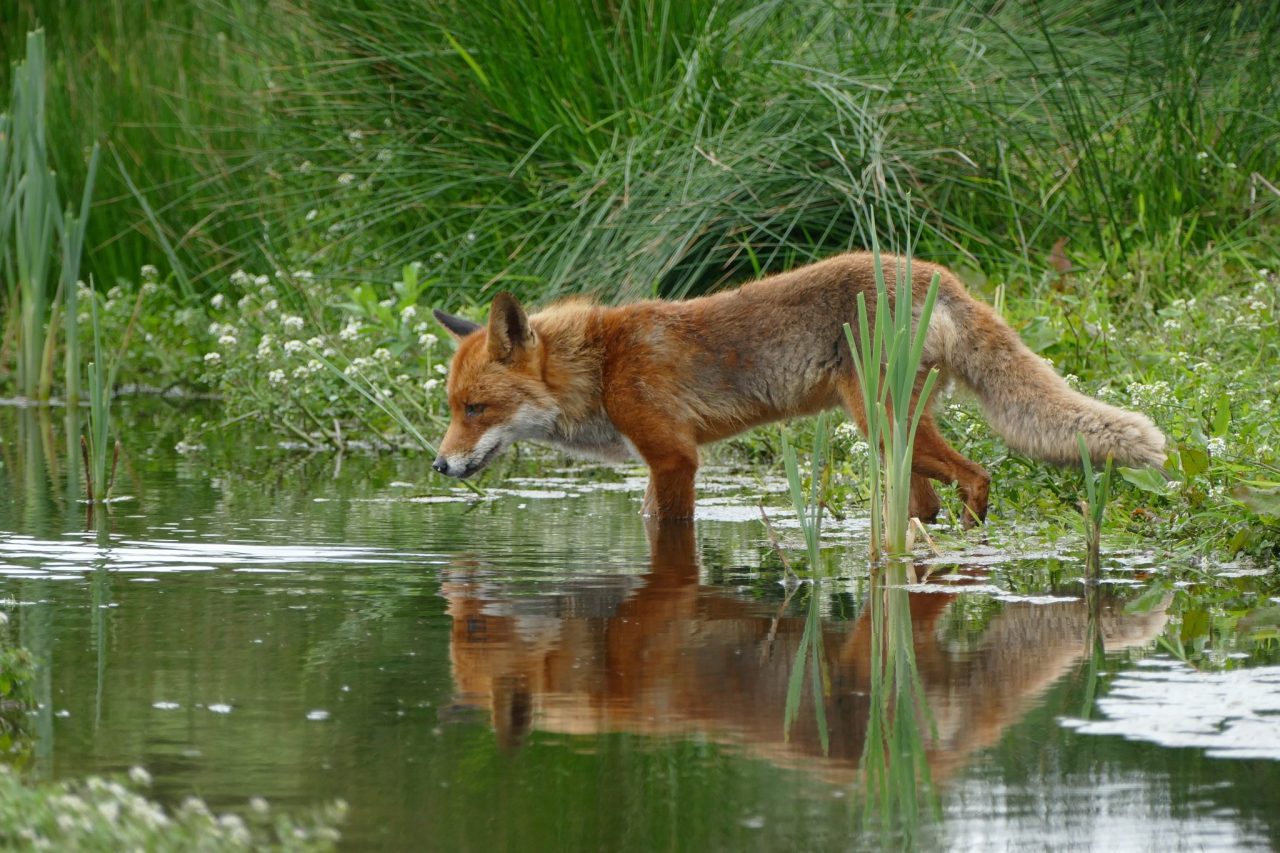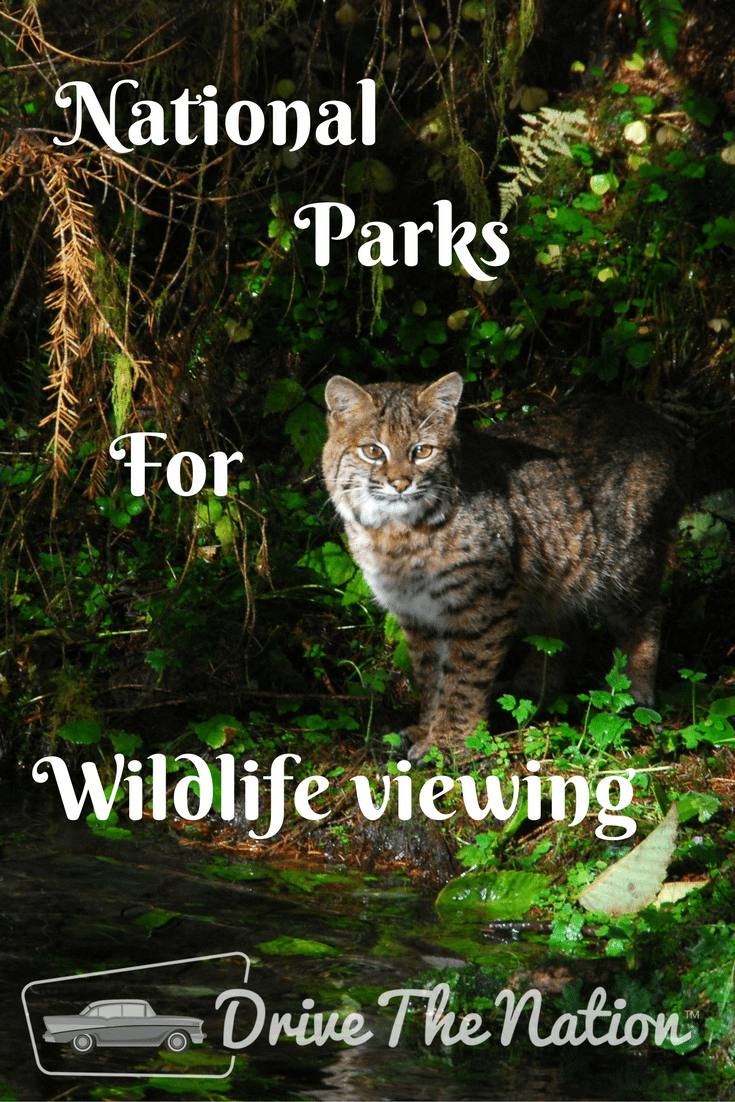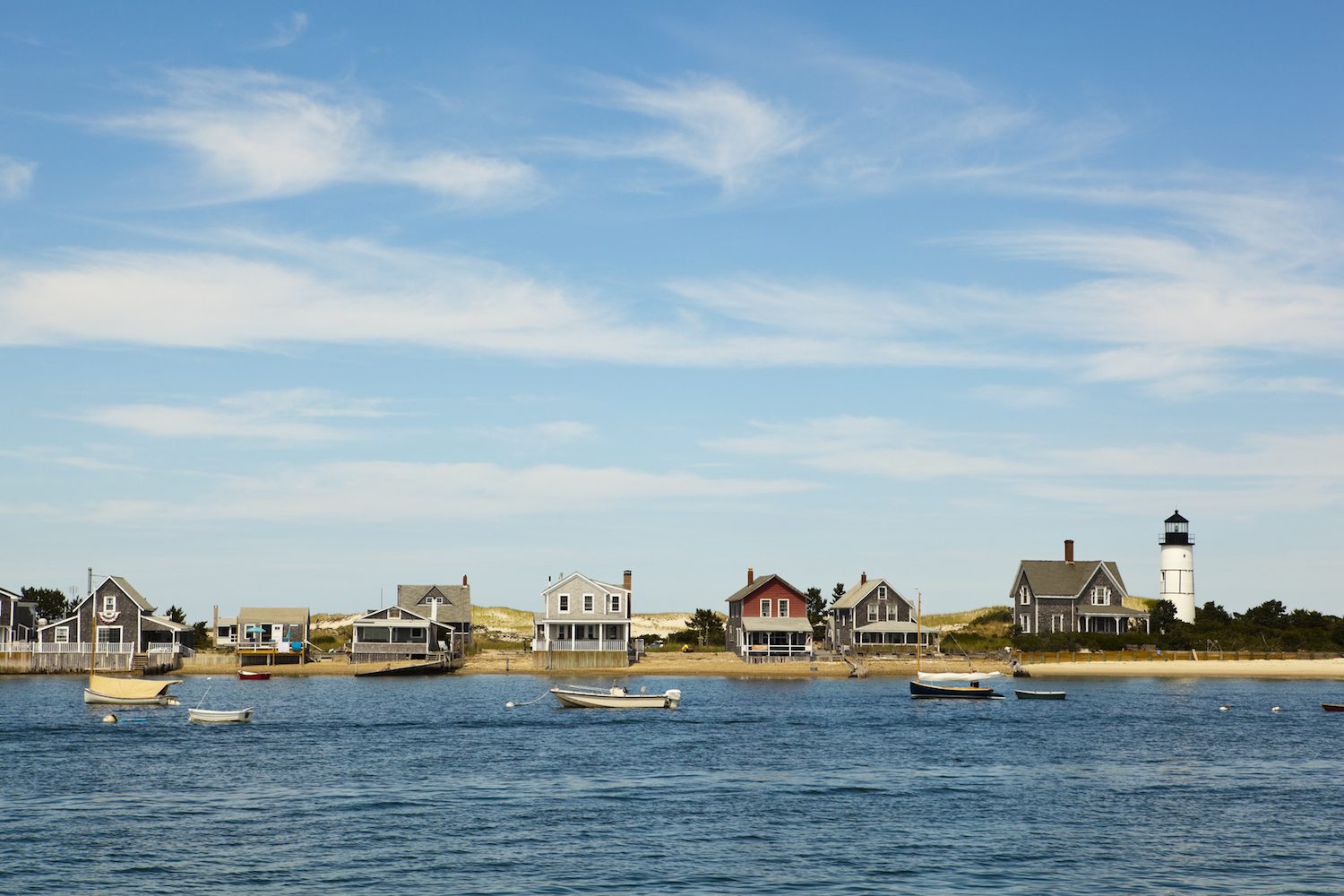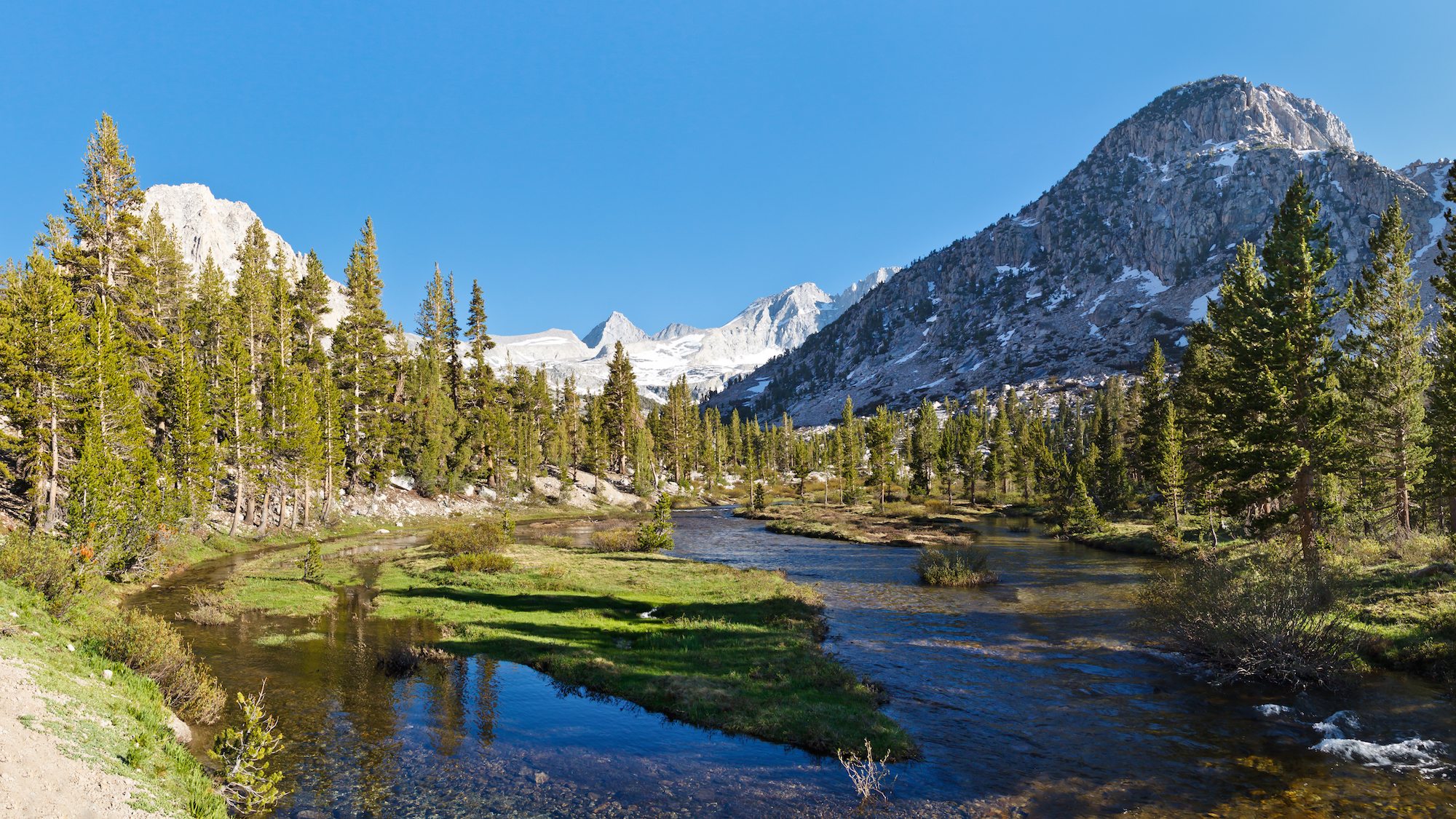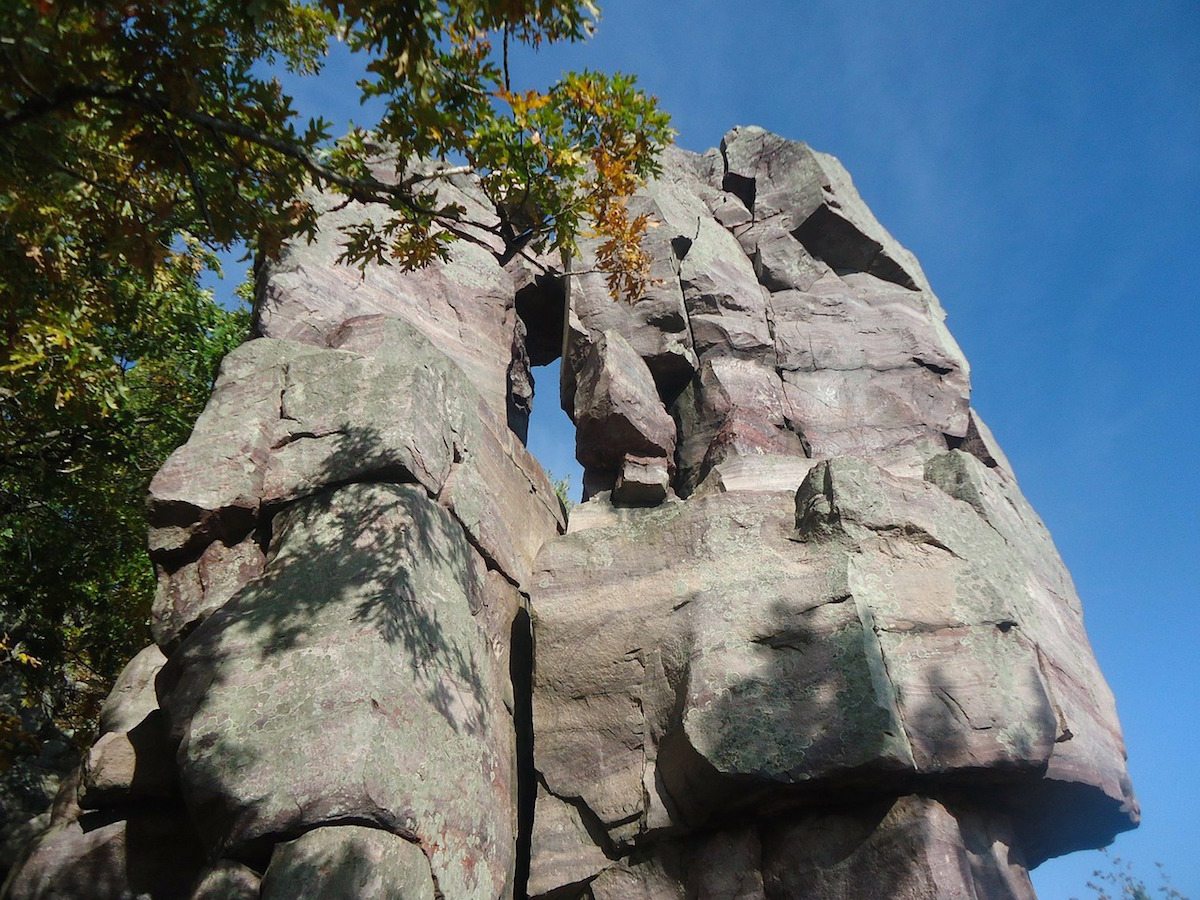When it comes to our national parks, it’s not all about trees and plants — there are lots of spots where you can catch a glimpse of all sorts of animals at any time of the year. Here are our top picks for places to see fauna along with the flora.
Olympic National Park (Port Angeles, Washington)
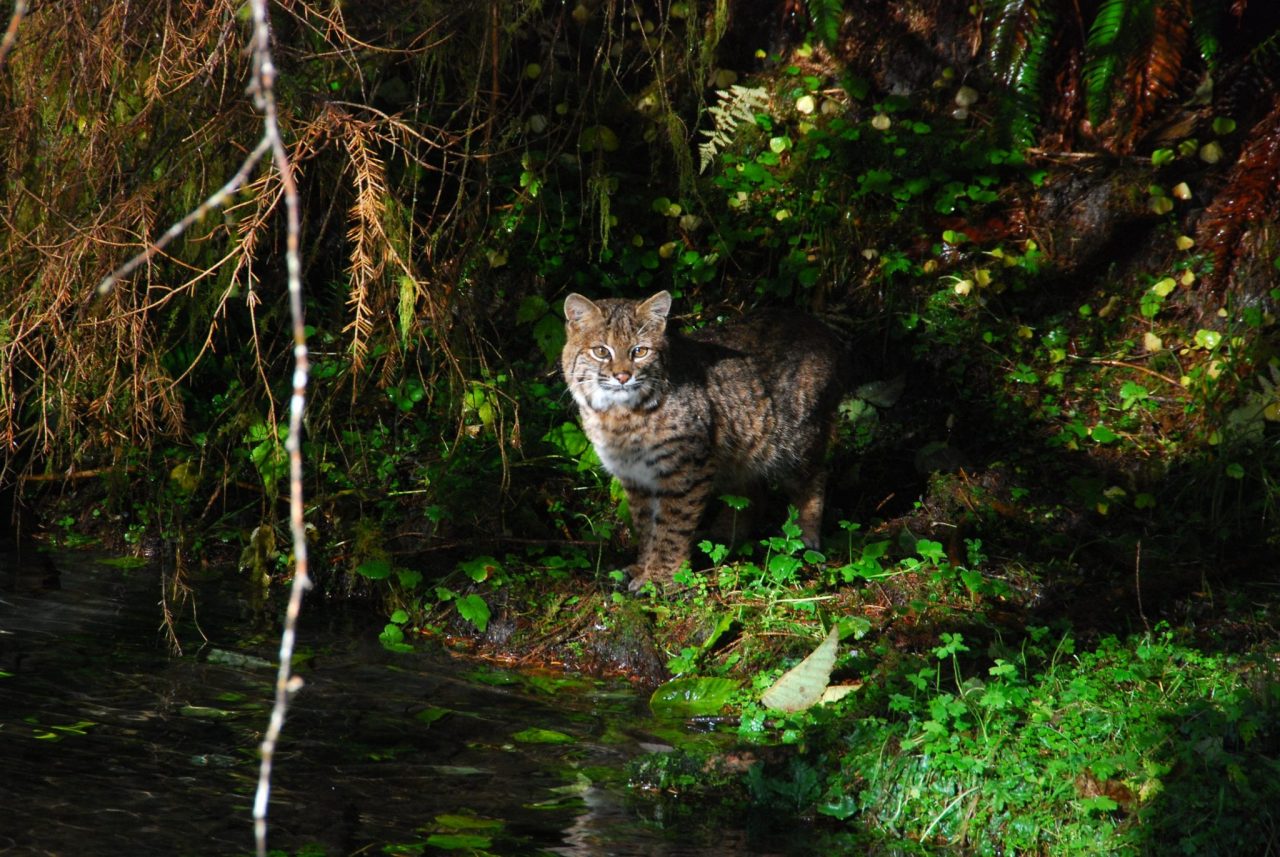 A bobcat at Olympic National Park
A bobcat at Olympic National Park
Not only will you see land animals like bobcats, bears, deer, and elk across the valleys, forests, and meadows, but also the park’s proximity to the Pacific Ocean means that you’ll get the chance to observe whales, seals, dolphins, sea otters in their natural environment as well. The park’s old growth forests are home to owls, murrelets, and amphibians.
Everglades National Park (Homestead, Florida)
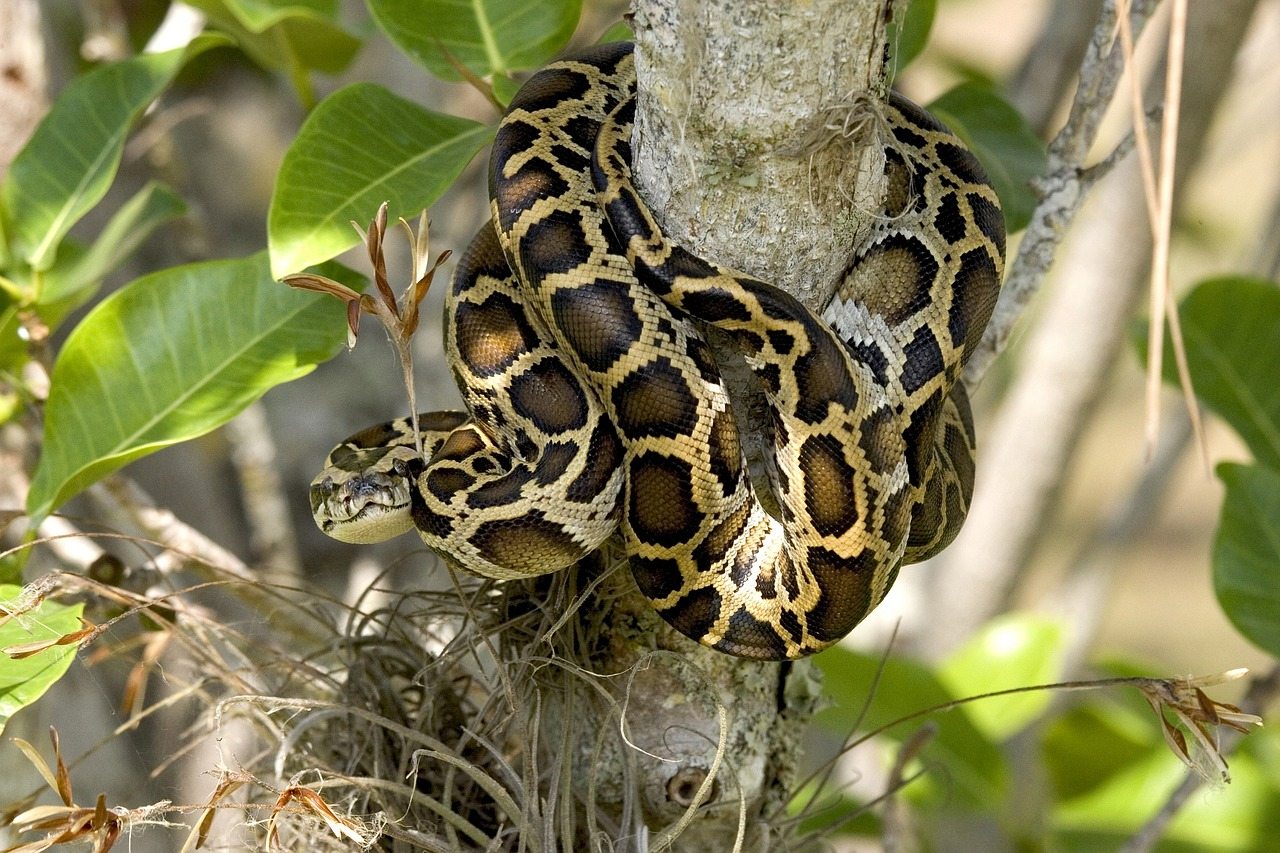 A burmese python at Everglades
A burmese python at Everglades
Beware of gators! Seriously, though, these scaly creatures are just the beginning at this massive park. The Everglades are the habitat for several endangered and rare animal species, including the Florida panther, the American crocodile, and the manatee. That’s in addition to deer, fox, otters, turtles, lizards, storks, snakes, heron, and great egrets.
Yellowstone National Park (Wyoming and Idaho)
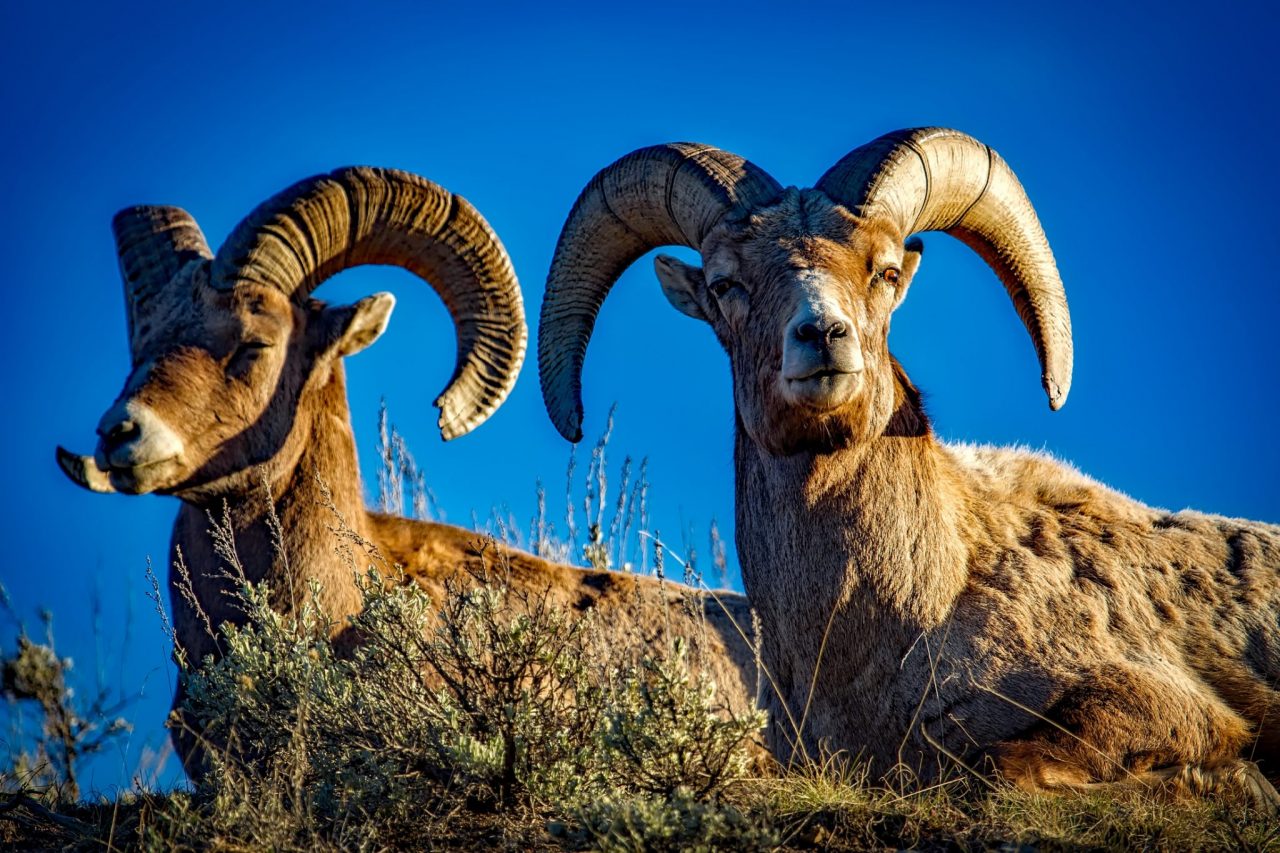 A big horn sheep at Yellowstone
A big horn sheep at Yellowstone
Perhaps the ultimate bucket-list national park, Yellowstone has an incredible amount of animals living in the park, including 61 different mammals. Moose, bison, fox, mountain goats, sheep, and wolves are visitor favorites, while rarer ones such as wolverines and lynx have been seen, but are harder to come by.
Saguaro National Park (Tucson, Arizona)
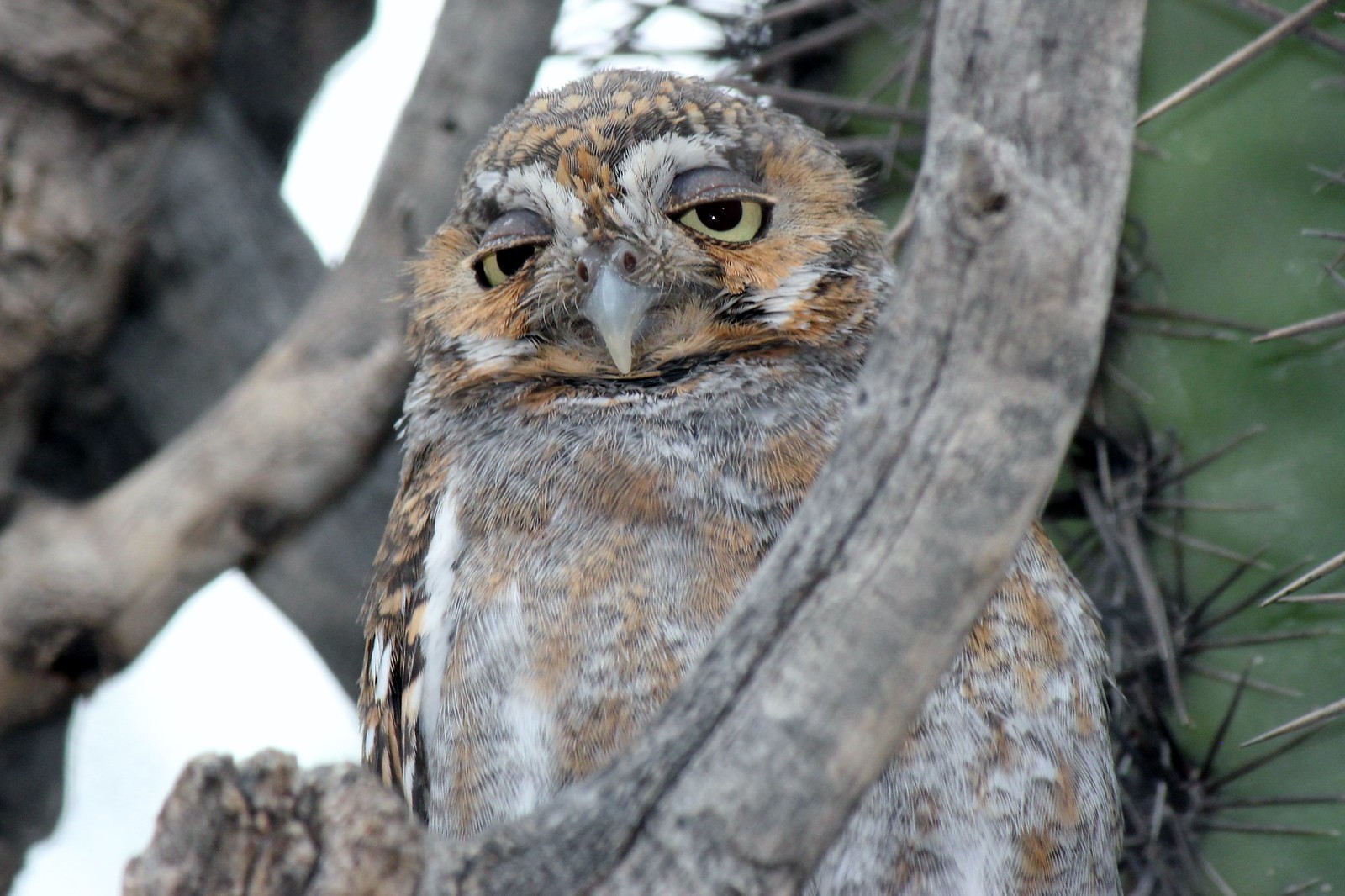 An elf owl at Saguaro National Park museum
An elf owl at Saguaro National Park museum
This desert park is not only home to the largest cacti in the country, but also to bobcats, numerous types of birds including woodpeckers, quail, and roadrunners, and tons of reptiles, too. You may find gila monsters, snakes, tortoises, and bats, so be prepared!
Great Smoky Mountains National Park (Tennessee and North Carolina)
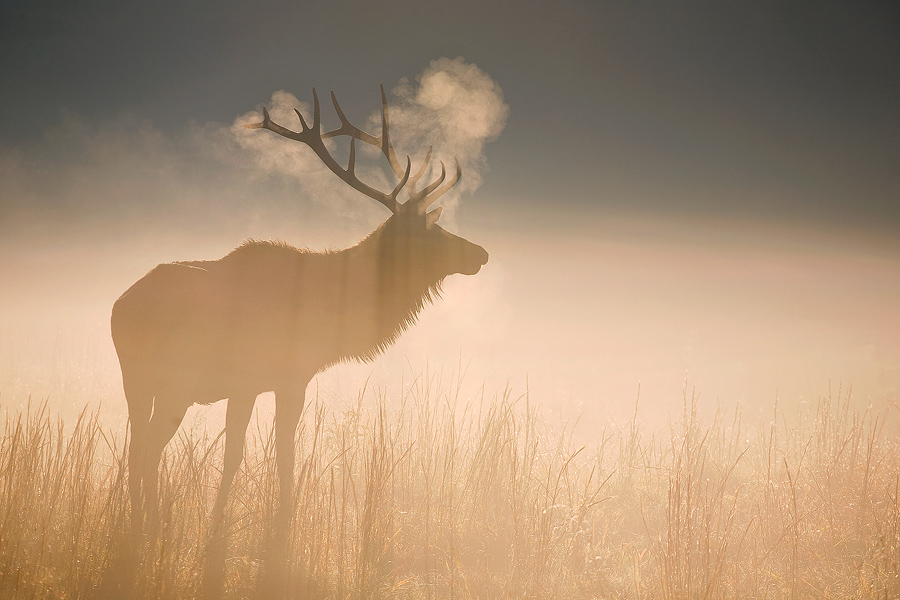 A majestic elk at Great Smoky Mountains
A majestic elk at Great Smoky Mountains
White-tailed deer, black bears, elk, and others roam freely here, but finding them can be a bit of a challenge, as the majority of the park is comprised of thick forests. Still, there are wide-open areas, like Cades Cove and Cataloochee, where you’ll have better luck. In addition, a road that runs through the park, the Roaring Fork Motor Nature Trail, is designed for slow rides that give visitors more opportunities to see the wildlife. Finally, consider visiting in the evening, when nocturnal creatures are more likely to be out and about.

